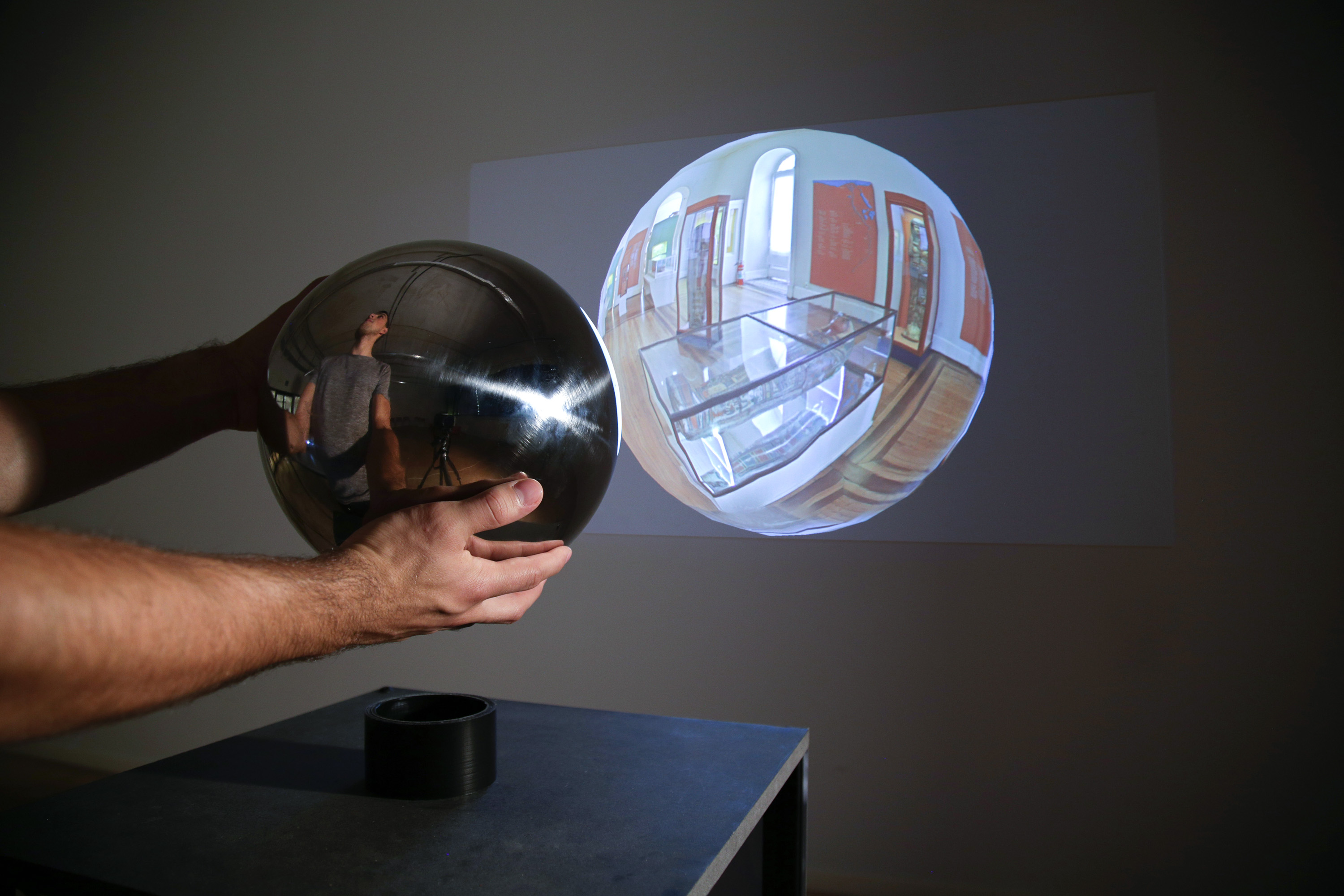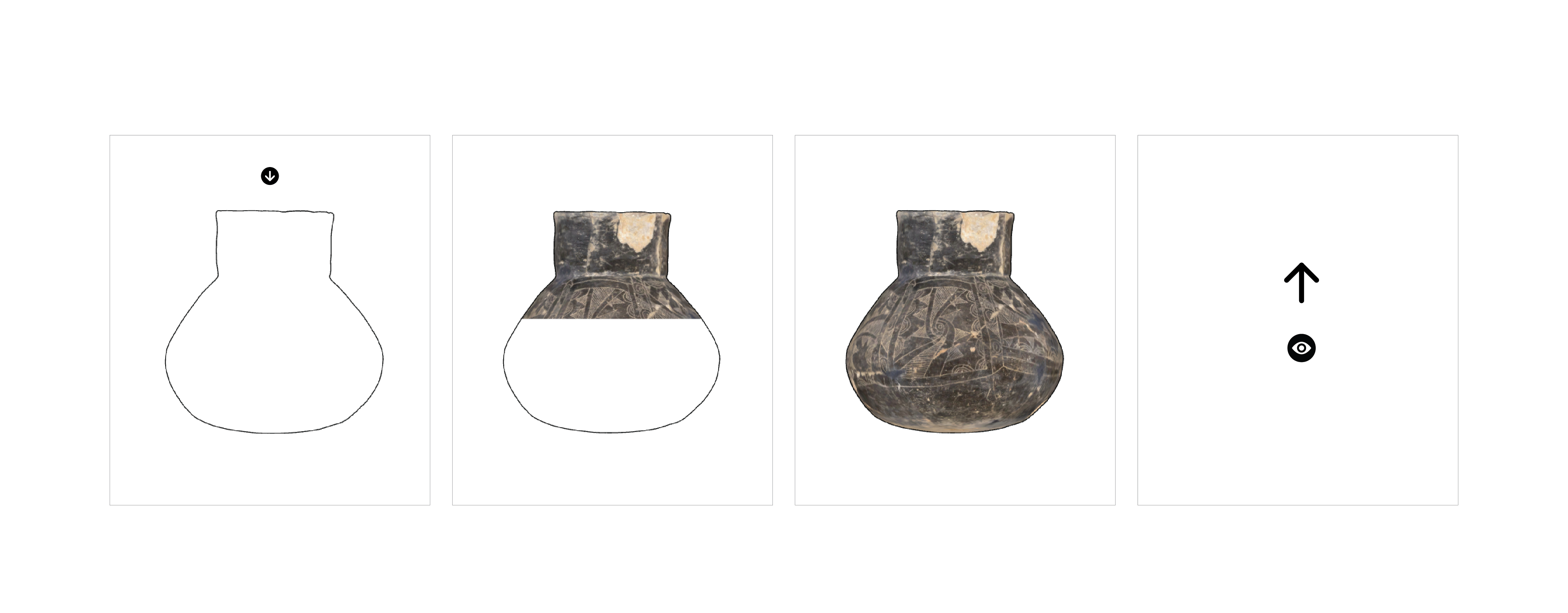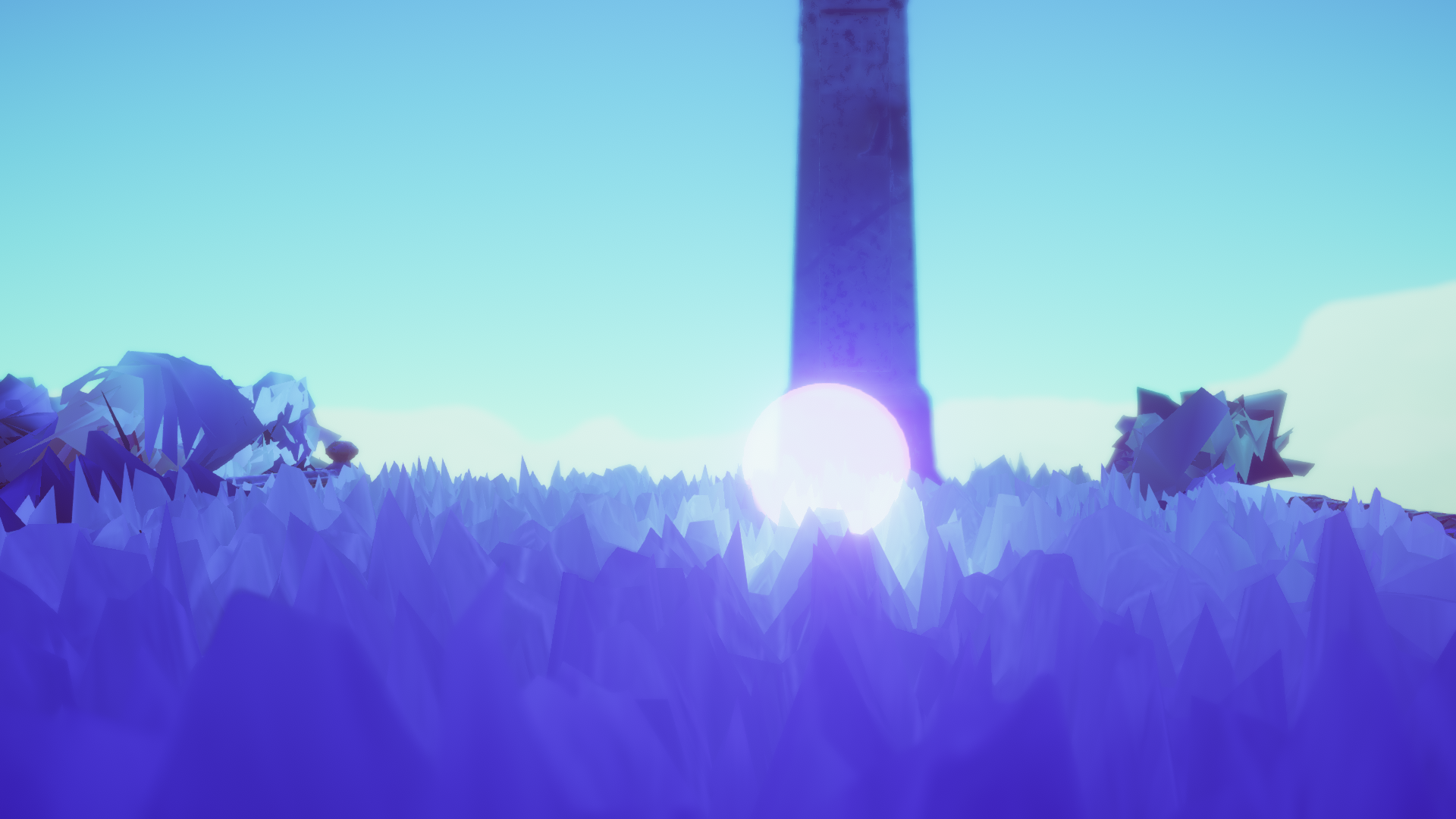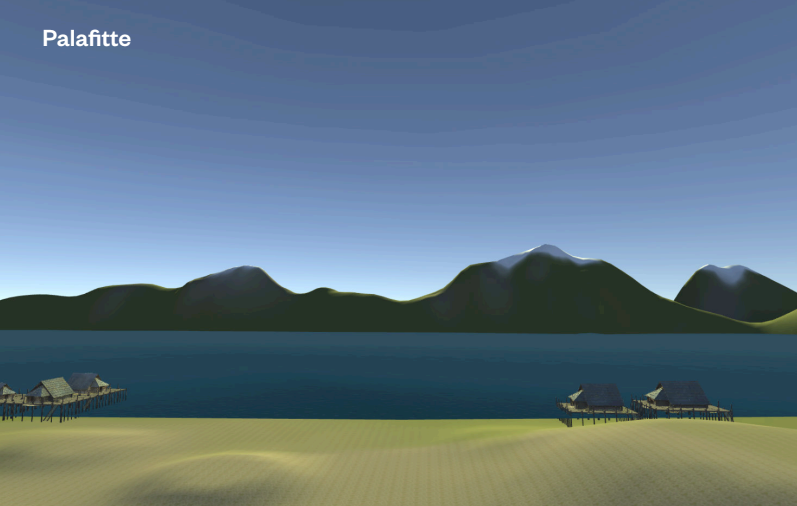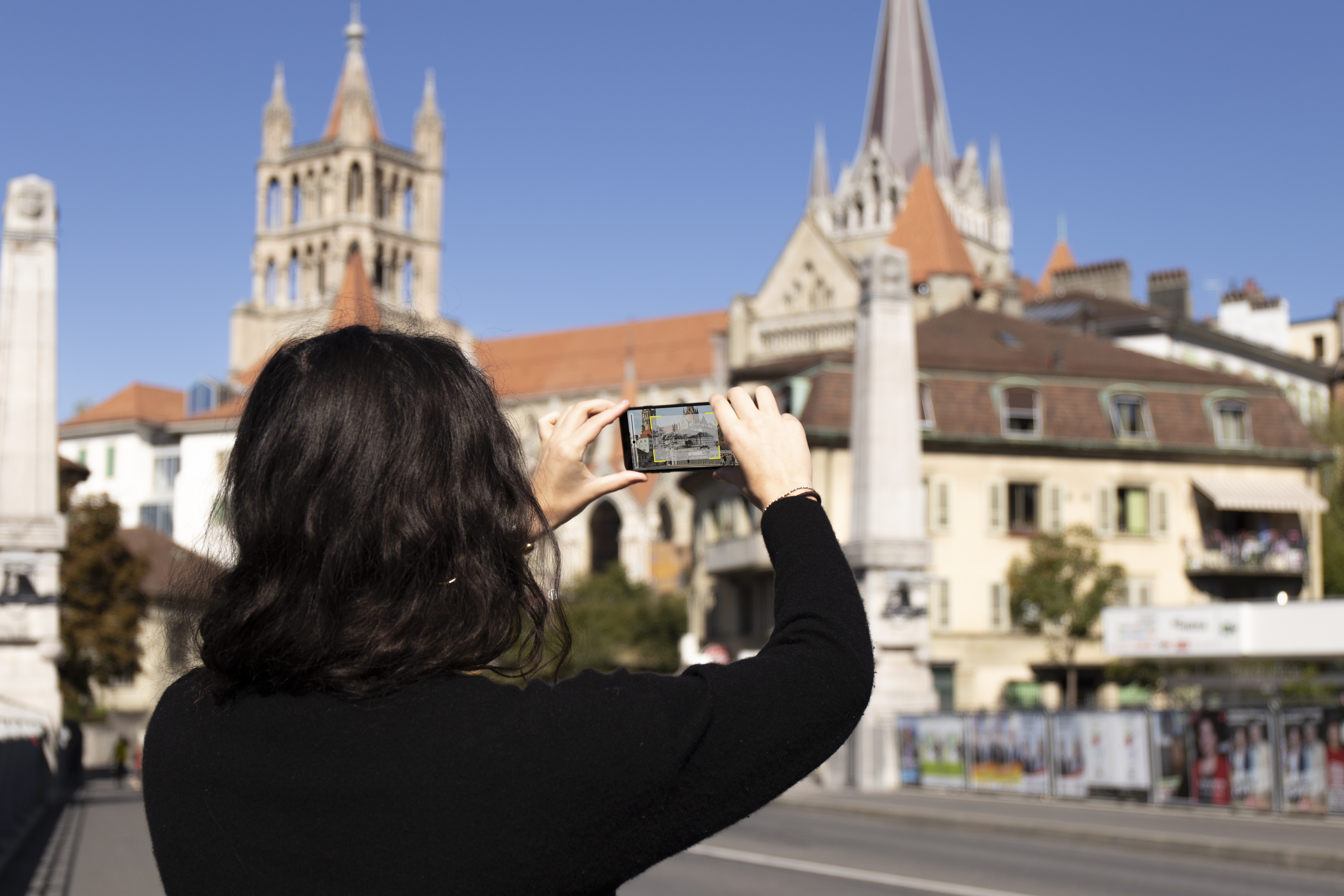Overview
This week-long workshop challenged the research assistants to bring 3D heritage models back to life through an innovative user experience. While using Unity software and digital models from an open-source database, they questioned common assumptions about the capabilities and limitations of these resources.
Guest speaker Ece Özdil, of Jüniör, shared her insights on how to make cultural heritage live again for public audiences. After her talk, she spent time with each participant to develop and strengthen the concepts.



